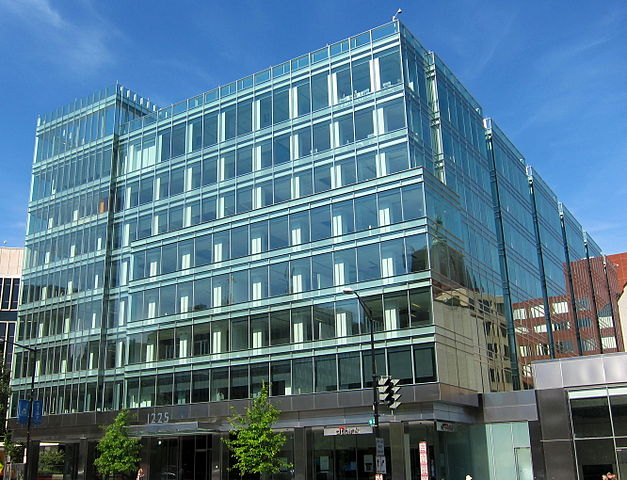This past week, a company named Electra America made a bid to acquire Pure Multi-Family REIT LP (TSXV:RUF.U) at a premium of approximately 20% over the most recent closing share price. Essentially Electra America recognized a fantastic operation and moved in quickly.
For those who have been paying attention and doing in-depth analysis, this transaction should come as no surprise, as the share price previously traded near the $8 mark and offered a dividend yield in excess of 7% while trading at close to tangible book value. An article explaining the investment thesis (as of January of this year) can be found here.
The real story behind the headline is not simply that it was a well-run business that generated a large amount of free cash flow in addition to selling for close to tangible book value. The real story behind the headlines is that many of the same people who started this residential real estate company originated from Pure Industrial Real Estate Trust (TSX:AAR.UN), or “PIRET” for short, which was recently acquired.
Several months ago, Blackstone Property Partners entered into an agreement to purchase all shares of PIRET for a premium above tangible book value as the assets were low risk (long-term leases) and very high quality, with Fortune 500 tenants. In the case of Pure Multi-Family REIT LP, the difference is clear: one is residential; the other is industrial.
With interest rates still at historic lows, investors need to start asking themselves how to make money from this recent wave of acquisitions. The foundation of the investment process remains very clear: buy low, sell high…. or wait for someone else to extend a takeover bid at an even higher price.
At the present time, the potential with this name remains in the form of dividend income in addition to the small amount of capital gain still available to investors at current levels. After Tuesday’s announcement, the closing price was no more than $9.30, with $0.49 in value to be had should the deal close.
Although most deals offer no more than the risk-free rate of return to shareholders who partake in these arbitrage opportunities, this deal seems to lack a certain level of clout (from the buyer), which may cause it to either get delayed or not fail to close entirely. In addition to the capital gain, the all-in return could be close to 6.5%, assuming the transaction closes in two months and investors receive the monthly dividends as expected.
Should the deal close, the challenge faced by investors may simply be where to deploy the proceeds they’ve received from the sale of this Canadian gem. It will take a substantial amount of time for the management at this fine company to undertake a new project. Happy hunting!









